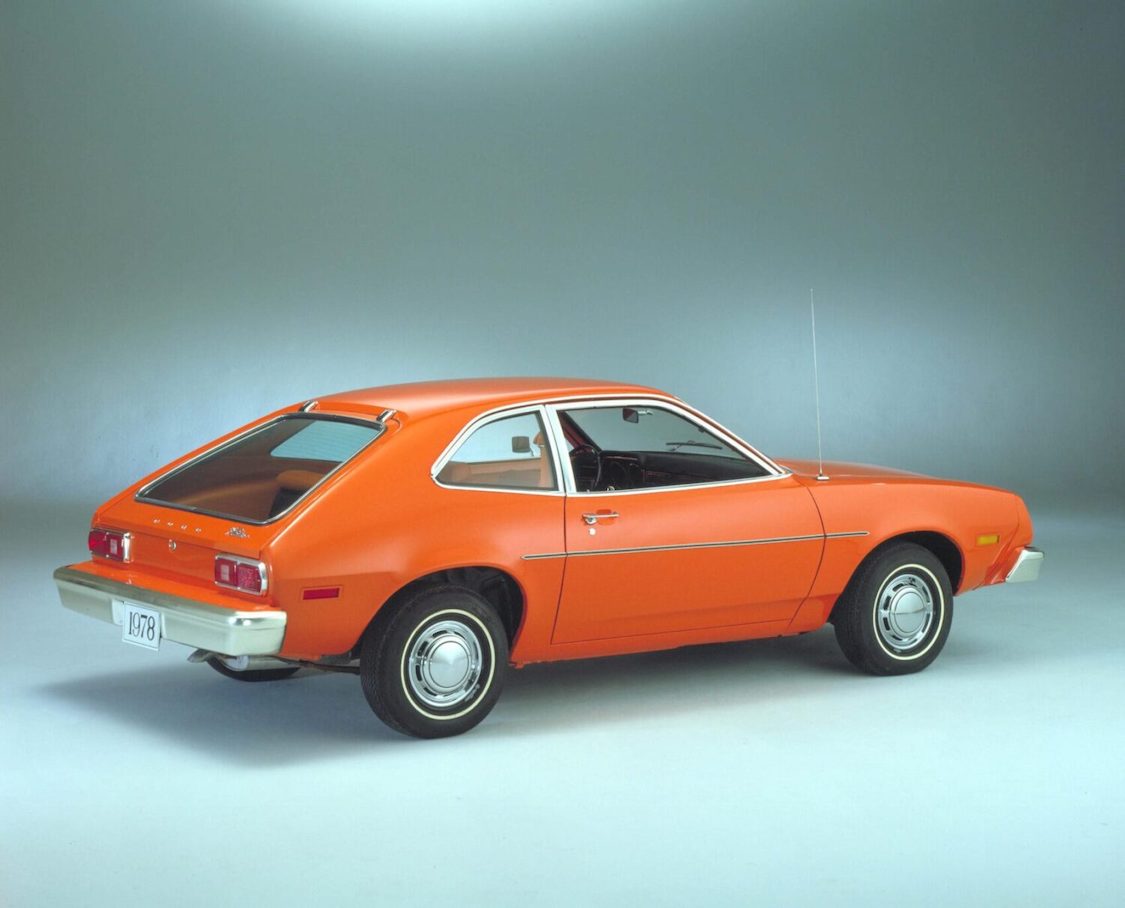The Ford Pinto, produced by the Ford Motor Company from 1971 to 1980, remains one of the most infamous cars in automotive history. While it was intended to be an affordable and fuel-efficient vehicle, the Pinto became entangled in controversy due to safety concerns and design flaws. In this essay, we will delve into the history of the Ford Pinto, analyze the safety issues surrounding the model, examine the ensuing legal battles, and reflect on the lessons learned from this chapter in automotive history.
The Ford Pinto: A Brief Overview
The Ford Pinto was introduced as a compact car to compete in the rapidly growing subcompact market of the 1970s. It featured a lightweight design, a fuel-efficient engine, and an affordable price tag. Ford aimed to provide an economical and practical solution for consumers amidst rising fuel prices and increased demand for smaller vehicles.
Safety Concerns and Design Flaws
The Pinto became the center of controversy due to safety concerns associated with its fuel tank design. The placement of the fuel tank behind the rear axle, with minimal protection, made it vulnerable to rupturing in rear-end collisions. This design flaw could lead to fuel leakage and subsequent fires, posing a serious risk to occupants.
The Grim Reality: Accidents and Fatalities
Accidents and fatalities have marred the legacy of the Ford Pinto. The fuel tank flaw, combined with the company’s cost-benefit analysis that prioritized financial considerations over safety, led to tragic consequences.
Reported incidents of Pinto fires resulted in catastrophic outcomes. One of the most notorious cases was the 1978 landmark legal battle involving a Pinto rear-end collision. The accident resulted in the deaths of three young women. It was revealed that Ford had conducted internal tests prior to the vehicle’s release, indicating the potential danger. However, these findings were disregarded, and the decision was made to proceed with production without implementing necessary safety modifications. The lawsuits and investigations that followed shed light on Ford’s questionable ethical stance, which further fueled public outrage and condemnation.
The grim reality of accidents and fatalities associated with the Ford Pinto prompted a public outcry. This eventually led to the reevaluation of automotive safety standards. The tragic incidents exposed the flaws in Ford’s approach to prioritizing profits over human lives. This lead to significant changes in safety regulations. The Pinto’s tragic history transformed it into a cautionary tale, serving as a catalyst for comprehensive reforms within the automotive industry. The enduring lesson highlighted the paramount significance of prioritizing customer safety and well-being, leaving an indelible mark on future manufacturing practices.
Ford Pinto: Legal Battles and Public Outcry
The safety concerns surrounding the Ford Pinto led to a series of lawsuits against Ford. In one pivotal case, the landmark “Grimshaw v. Ford Motor Company,” a California jury awarded substantial damages to the victims of a Pinto accident, including punitive damages. This case and others fueled public outrage and prompted further investigation into the safety of the vehicle.
Lessons Learned and Impact on Auto Industry
The Ford Pinto controversy had a lasting impact on the automotive industry. It shed light on the importance of vehicle safety and the responsibility of manufacturers to prioritize the well-being of their customers. The incident led to significant changes in safety regulations and the way manufacturers approach safety testing and design.
The Legacy and Continued Criticism
Even decades after its production, the Ford Pinto remains a symbol of corporate negligence and disregard for consumer safety. Ford’s cost-benefit analysis, a subject of criticism, involved weighing the expenses of safety improvements against potential legal settlements. The approach employed by Ford in weighing profits against human lives has been fiercely criticized by various stakeholders. Critics argue that this perspective unveiled an unsettling ethical position, indicating a prioritization of financial gains over the well-being of individuals. As a result, a heated and contentious debate on corporate responsibility emerged. The debate challenged the moral obligations that companies bear towards the safety and welfare of their customers and the wider society.
Controversy and safety concerns have marred the history of the Pinto. It serves as a sobering reminder of the importance of prioritizing safety in the automotive industry. The Pinto’s tragic accidents resulted in a significant shift in safety regulations, prompting extensive reforms to better protect the public. Additionally, these incidents had a profound influence on manufacturers, compelling them to prioritize the safety and well-being of their customers as a top priority. The legacy of the Ford Pinto serves as a poignant reminder of the ethical responsibilities that automakers bear. It underscores the importance of ensuring the safety of their vehicles and the accountability they hold for the well-being of their customers.
